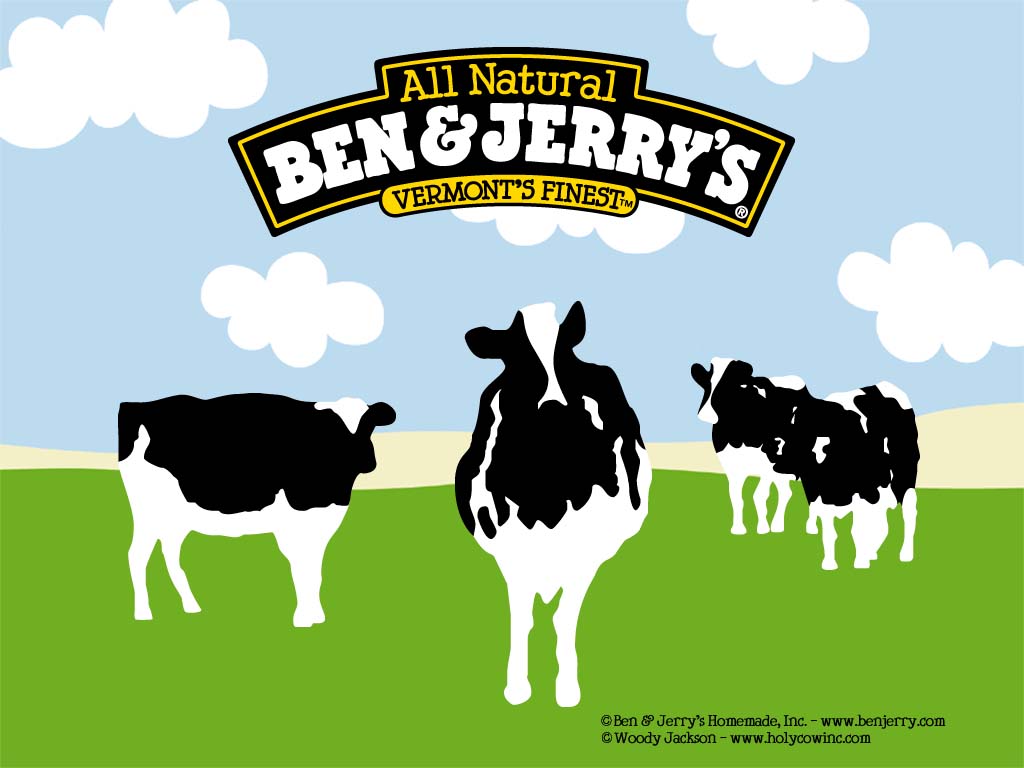There are three layers of service that VWW- Fresh Food provide. First it is a training program for women with barriers to employment to learn skills in kitchen work to place them a step ahead in the job market. Next, the enterprise provides nutritious meals beyond the standards of USDA standards to child care facilities around the Burlington and Winooski area, promoting good health and awareness of fruits and vegetables amongst young children. On top of all of that, VWW- Fresh Food utilizes local resources of fruits, vegetables, and other local products to create their meals.
This compilation of efforts makes this program a mouthful to explain, but also a wonderful example of how these broad issues can be tackled in clever and effective ways.
Since my time at VWW- Fresh Food has ended, I have been lucky enough to watch them grow exponentially in the past year. They recently received a high mention on First Lady Michelle Obama's Let's Move campaign blog! In this blog post they discuss the importance of nation wide access to fruits and vegetables.
Access to fruits and vegetables continuously pops up on TheLocalGraze and many other discussions of food system issues. How can we make local and healthy food less a matter of class and elitism, and transform it into a humans right to live a healthy lifestyle. It is easy to dismiss the importance of food as a need for health and well being, but when push comes to shove it is the preventative measures such as a healthy diet that will transform our nations issues. Creative ways to tackle some of the grand issues our nation has come to observe, such as Vermont Works for Women - Fresh Food and the Let's Go! campaign have done, are all ways this country is working together to innovate new systems to provide a healthier community. We are building new (or some would even say reverting to old) ways to think about food, and its importance on this planet.
Children enjoying Fresh Food vegetables




















